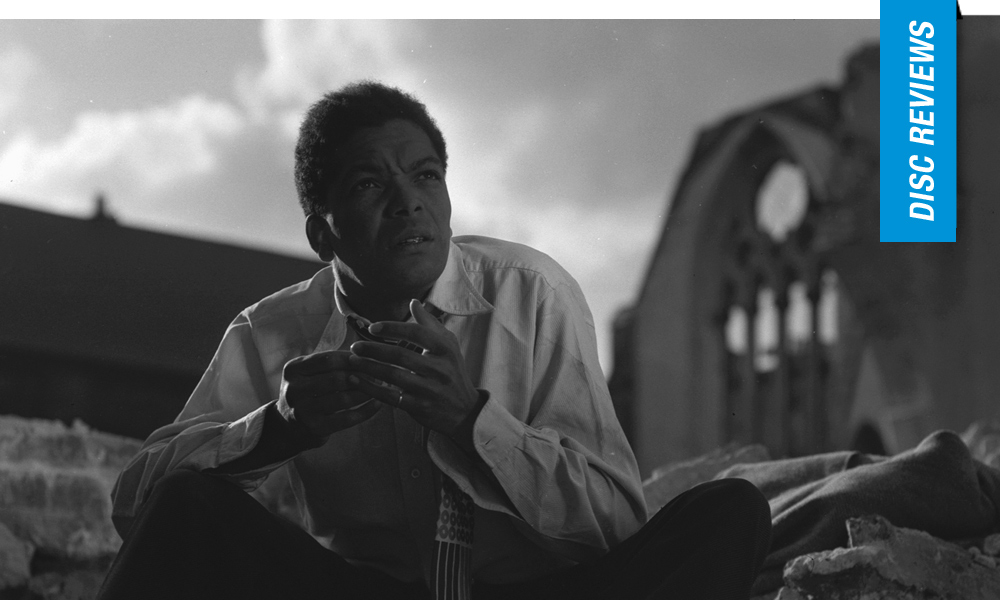Having begun his career as a director through Ealing Studios (from the 1942’s Black Sheep of White Hall, co-directed by Will Hay, to 1955’s Out of the Clouds), his most notable features would bluntly tackle race relations (the BAFTA winner Sapphire, 1959) and homosexuality (Victim, 1961), while his penchant for genre includes his contributions to the 1945 omnibus Dead of Night, the bizarre The Mind Benders (1963) and underrated crime drama Woman of Straw (1964). But his 1951 classic, so named for a stretch of water on the River Thames, is a simple but meaningful foray into film noir.
When sailors Dan MacDonald (Bonar Colleano) and Johnny Lambert (Earl Cameron) disembark their ship for shore leave in London, both men find themselves embroiled in troubling scenarios. While Johnny, one of the ship’s few black crew members, begins a tentative romance with Pat (Susan Shaw), a white ticket seller, Dan concocts a scheme to pilfer diamonds and sneak them back onto the ship. But when his identity is compromised, he attempts to use Johnny as a mule for his stolen goods, realizing before its too late how much worse it will be for Johnny if he is caught instead of himself.
The tragic death of lead Bonar Colleano in 1958 might also have something to do with the neglected legacy of Pool of London, as well as that of Susan Shaw (who married Colleano), here cast as Cameron’s love interest. Obviously, there’s no conjugal union, no physical intimacy between Shaw and Cameron, but its an obvious attraction as well as the catalyst for the third act’s dramatic tension as Colleano strives to find Cameron before he returns to the ship.
DP Gordon Hines (who lensed Dearden’s Venice competitor The Blue Lamp) paints a gritty portrait of post-war London, but it’s really the stymied sexual tension between Cameron (who would later play the brother of the eponymous dead girl in Sapphire) and Shaw which allows Pool of London its key interests. It is a film which even manages to be more blatant in its intentions than the pair of Harry Belafonte titles which would finally broach the subject in the US by the late 1950s, including Island in the Sun and The World, the Flesh, the Devil.
Film Rating: ★★★½/☆☆☆☆☆
Disc Rating: ★★★/☆☆☆☆☆

